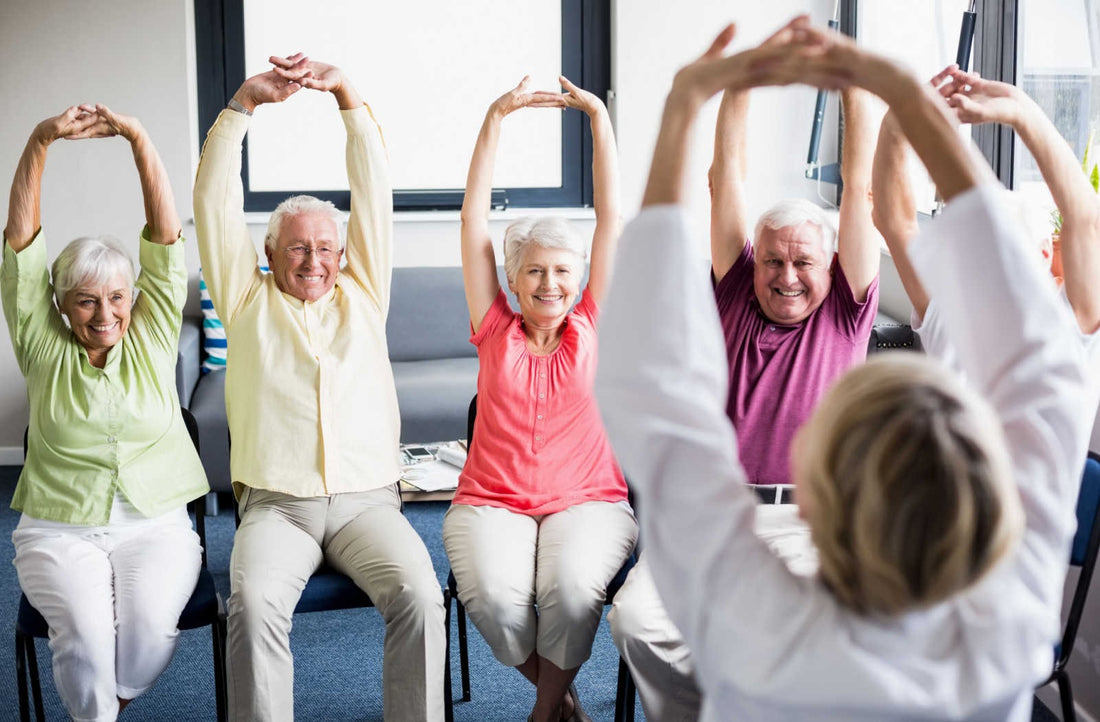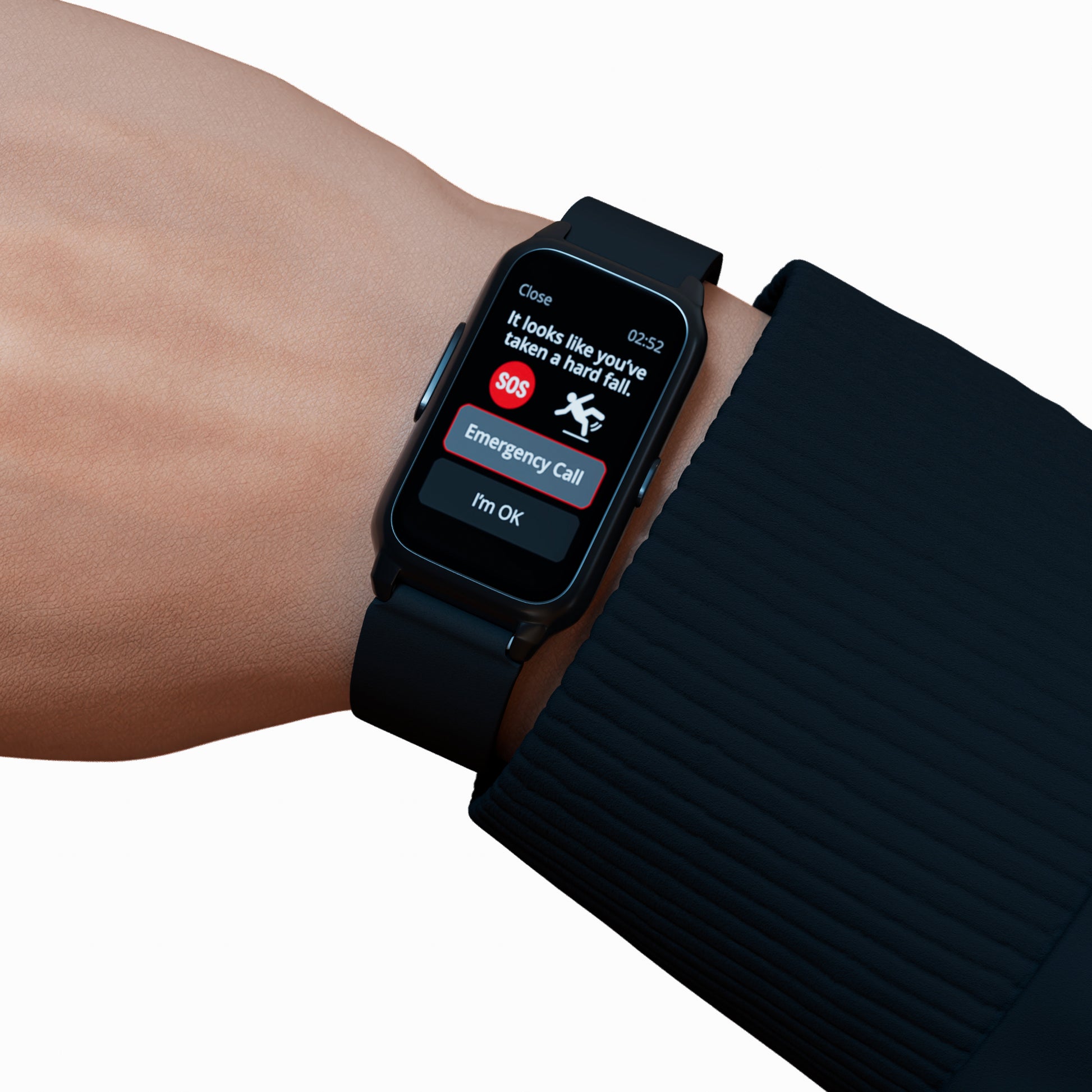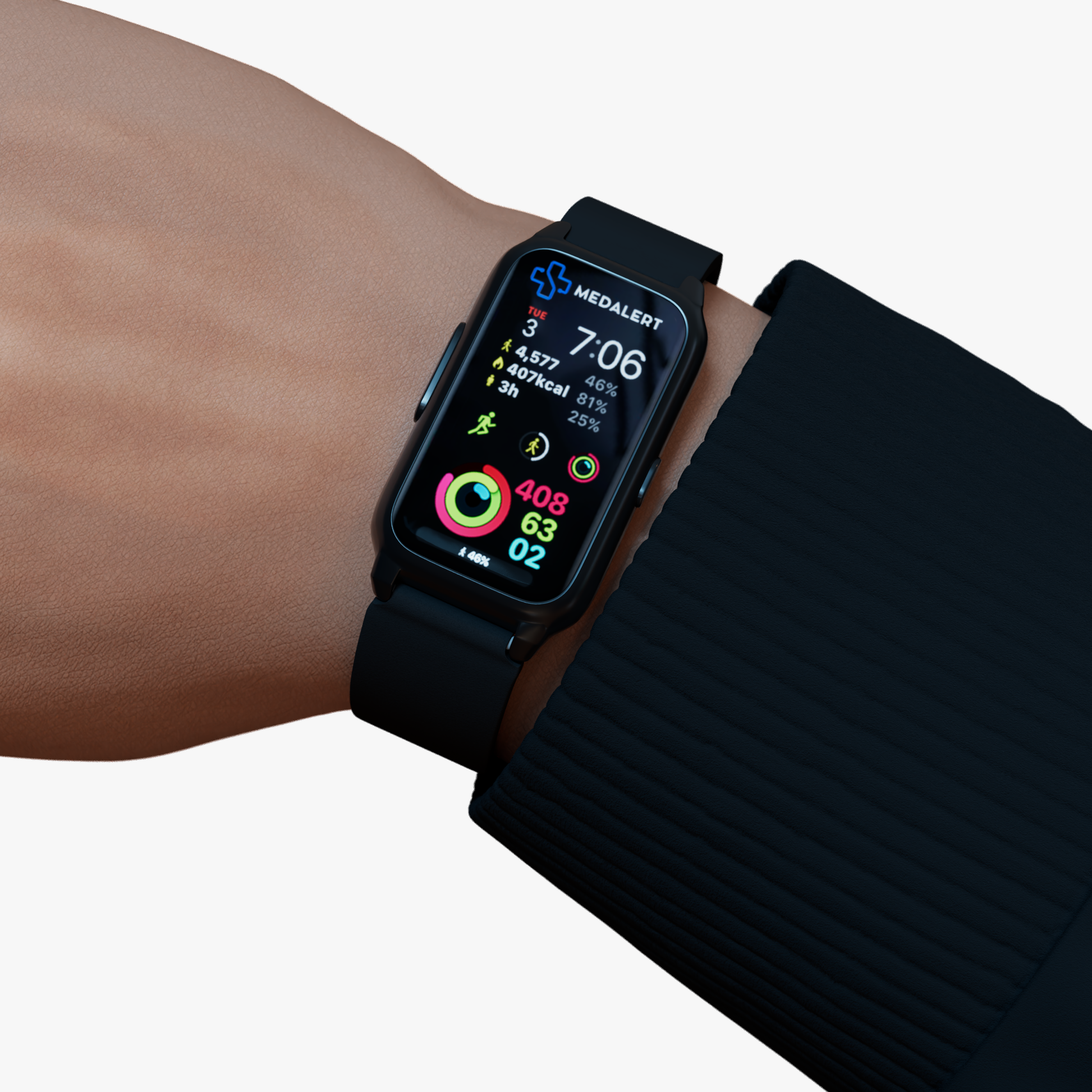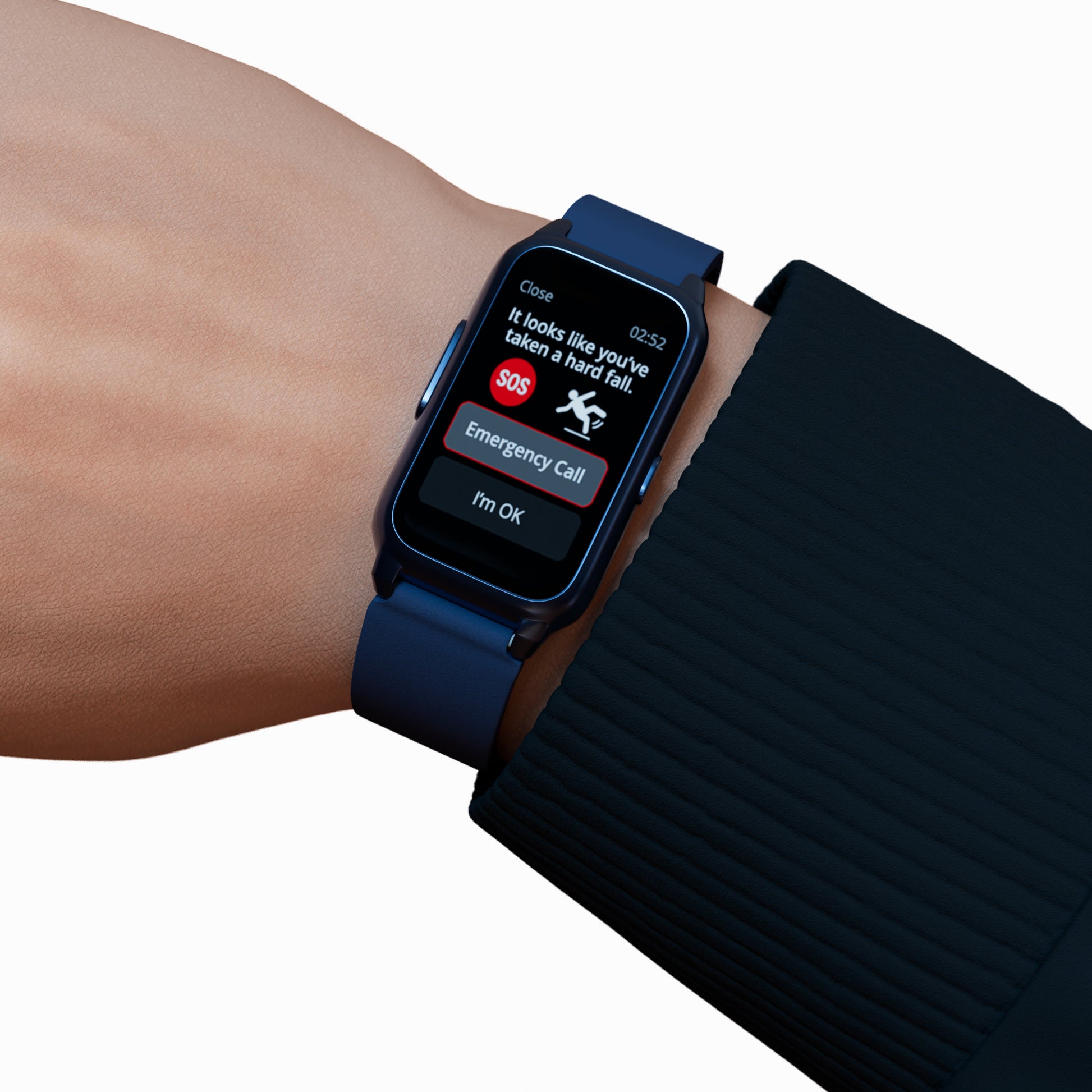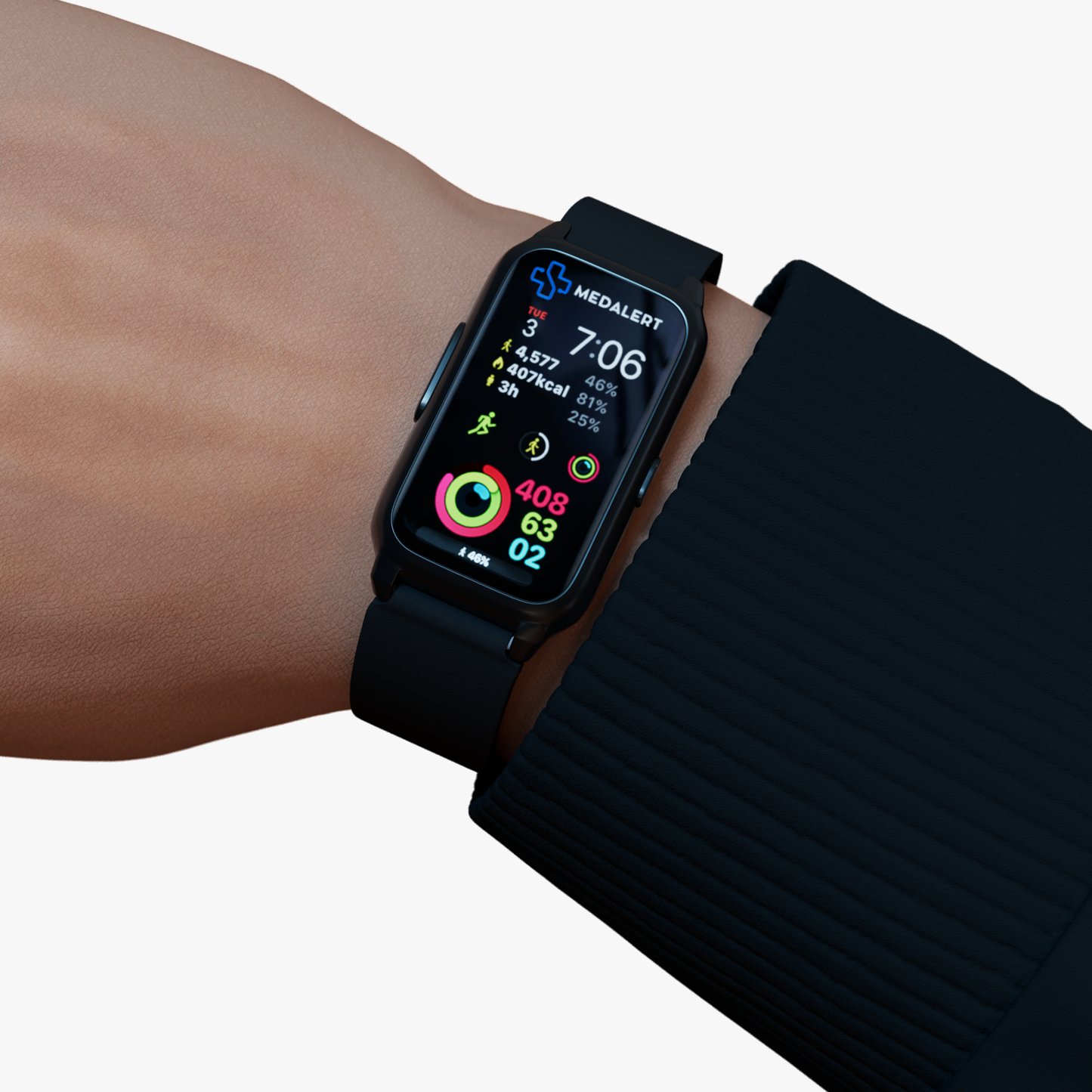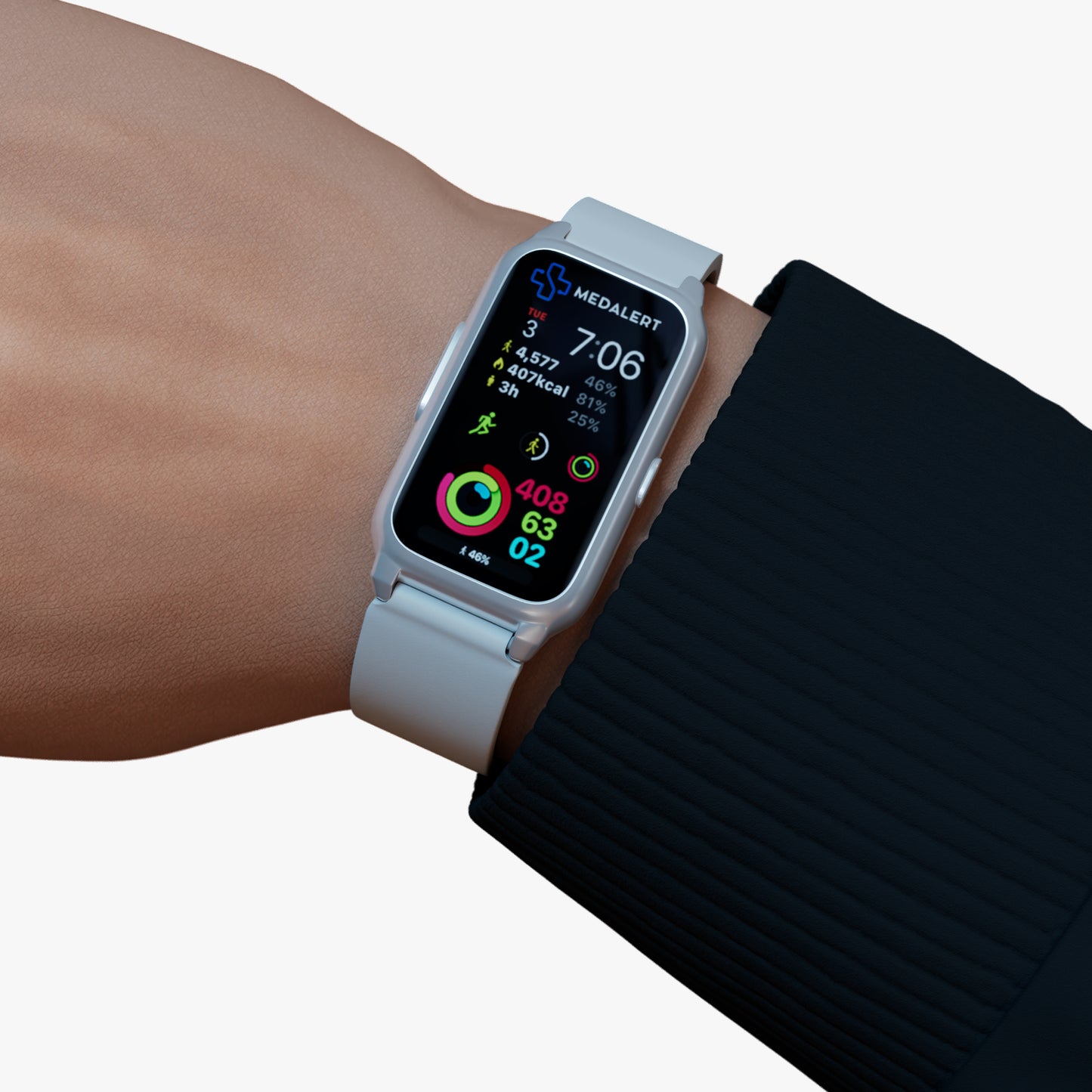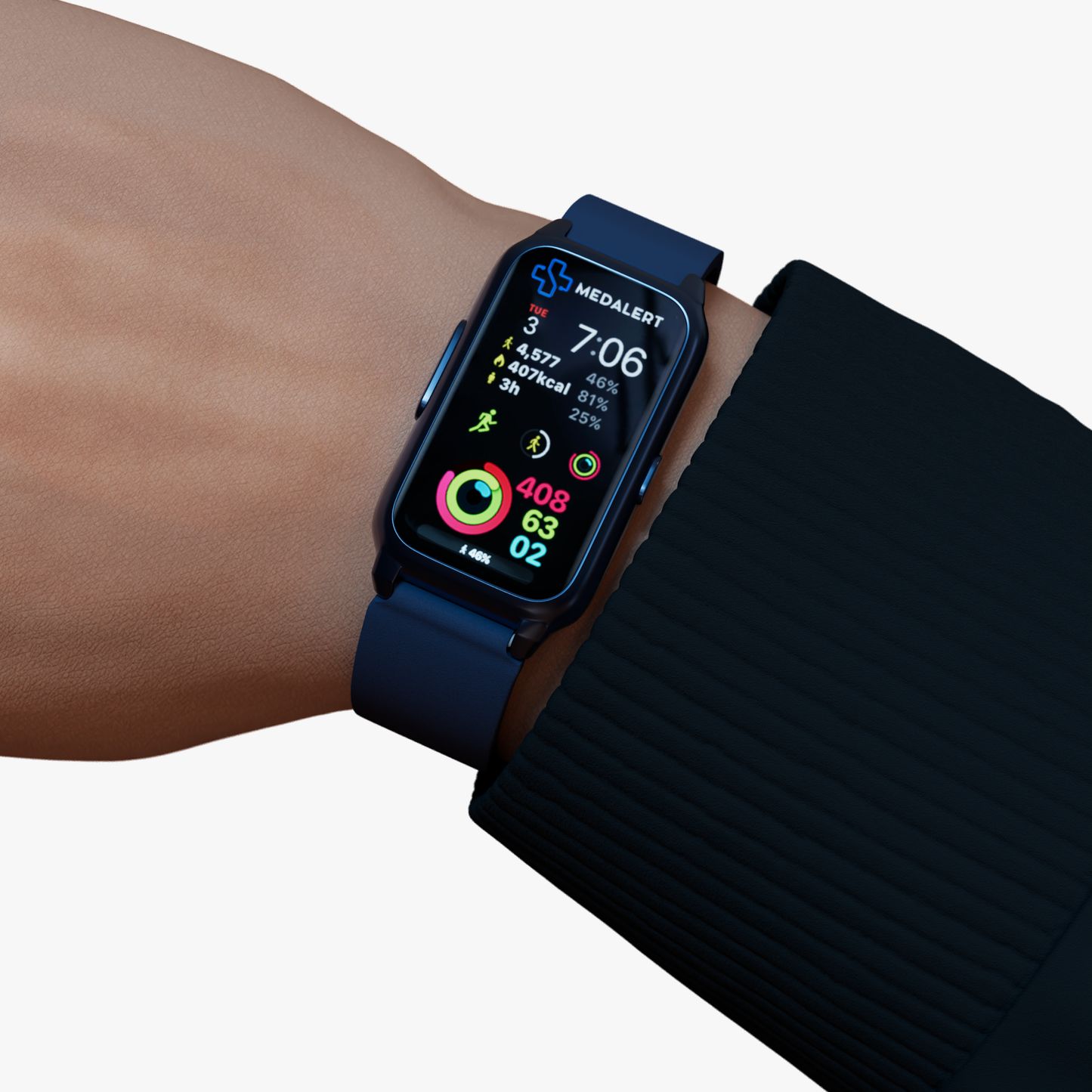Staying physically active is essential at any age, but it becomes even more important as we grow older. Regular exercise for seniors can significantly enhance quality of life, increase lifespan, and reduce the risk of developing several chronic diseases. However, it's important to approach exercise safely to avoid injuries. This blog post will explore the benefits of physical activity for seniors and provide tips for safe exercises.
Health Benefits of Physical Activity for Seniors
- Improved Physical Health:
- Strengthens the Heart: Regular physical activity helps improve heart health, reducing the risk of heart diseases.
- Increases Mobility and Flexibility: Exercises such as stretching and yoga can enhance flexibility, reduce stiffness, and improve mobility.
- Bone Health: Weight-bearing activities strengthen bones and help combat osteoporosis.
- Mental Health Benefits:
- Reduces Symptoms of Depression and Anxiety: Physical activity releases endorphins, the body's natural mood lifters.
- Improves Cognitive Function: Regular exercise can delay the onset of dementia and improve cognitive functions like memory and attention.
- Social Benefits:
- Enhances Social Interaction: Joining exercise groups or classes can help seniors connect with peers, reducing feelings of loneliness and isolation.
Safe Exercise Tips for Seniors
While the benefits are vast, it’s crucial for seniors to approach physical activity with caution to avoid injury. Here are some safe exercise tips:
- Consult a Healthcare Provider:
- Before starting any new exercise regimen, it’s important for seniors to consult with their doctor, especially if they have pre-existing health conditions.
- Start Slowly:
- Gradually increase the intensity and duration of workouts. Starting slowly helps build endurance safely and reduces the risk of injury.
- Focus on Low-Impact Exercises:
- Activities such as walking, swimming, and cycling are excellent low-impact options that put less strain on the joints.
- Incorporate Balance and Flexibility Training:
- Exercises that improve balance and flexibility can help prevent falls. Tai chi and gentle yoga are great options.
- Use Proper Equipment:
- Wear appropriate footwear and use any necessary safety equipment. Proper shoes can help prevent falls, and safety gear like helmets or knee pads can provide protection during activities like cycling.
- Stay Hydrated and Listen to Your Body:
- Always drink plenty of water before, during, and after exercise. If you feel pain or discomfort, stop and rest. It's important not to push through pain.
- Regular Strength Training:
- Incorporating light weights or resistance bands can help maintain muscle mass, which naturally declines with age.
Conclusion
Physical activity is a pillar of healthy ageing. It supports not only physical and mental health but also provides social opportunities. By following these safe exercise tips, seniors can enjoy the benefits of physical activity while minimising the risk of injury. Remember, the key is consistency over intensity. Regular, moderate activity is the most effective way to harness the benefits of exercise in your golden years.
Example Training Session for Seniors
A well-rounded training session for seniors should include a warm-up, a combination of cardiovascular, strength, balance, and flexibility exercises, and a cool-down. Here’s an example training session that covers all these components and can be done at home or in a gym.
Warm-Up (5-10 minutes)
- Marching in Place:
- Duration: 2 minutes
- How: March on the spot, lifting your knees to hip level and swinging your arms gently.
- Arm Circles:
- Duration: 2 minutes
- How: Extend your arms out to the sides and make small circles, gradually increasing the size. Switch directions halfway through.
- Gentle Stretching:
- Duration: 3-6 minutes
- How: Perform gentle stretches for the major muscle groups, holding each stretch for 15-30 seconds.
Cardiovascular Exercise (10-15 minutes)
- Walking:
- Duration: 10-15 minutes
- How: Walk at a moderate pace either outdoors, on a treadmill, or around your home. Ensure you have good posture and swing your arms naturally.
Strength Training (15-20 minutes)
- Seated Leg Lifts:
- Repetitions: 10-12 per leg
- How: Sit on a chair with your back straight. Slowly lift one leg until it's straight out in front of you, hold for a second, and lower it back down. Repeat with the other leg.
- Wall Push-Ups:
- Repetitions: 10-15
- How: Stand a few steps away from a wall, place your hands on the wall at shoulder height, and perform push-ups by bending and straightening your elbows.
- Chair Squats:
- Repetitions: 10-12
- How: Stand in front of a chair, lower yourself into a squat until your thighs are parallel to the floor (as if you’re about to sit), then stand back up.
- Bicep Curls with Light Weights or Resistance Bands:
- Repetitions: 10-15
- How: Hold weights or resistance bands in your hands, keep your elbows close to your body, and curl your arms upwards.
Balance and Flexibility Training (10-15 minutes)
- Heel-to-Toe Walk:
- Duration: 2-3 minutes
- How: Walk in a straight line, placing the heel of one foot directly in front of the toes of the other foot.
- Single-Leg Stand:
- Duration: 30 seconds per leg
- How: Stand on one leg, holding onto a chair for support if needed. Switch legs after 30 seconds.
- Seated Forward Bend:
- Duration: 2 minutes
- How: Sit on the floor with your legs extended. Slowly reach forward towards your toes, keeping your back straight. Hold the position for 30 seconds, then release and repeat.
- Seated Spinal Twist:
- Duration: 2 minutes
- How: Sit on a chair, place your right hand on the back of the chair, and twist your torso to the right. Hold for 15-30 seconds, then repeat on the left side.
Cool-Down (5-10 minutes)
- Gentle Stretching:
- Duration: 5-7 minutes
- How: Perform gentle stretches for the major muscle groups, holding each stretch for 15-30 seconds.
- Deep Breathing:
- Duration: 2-3 minutes
- How: Sit or lie down comfortably, take deep breaths in through your nose and out through your mouth, focusing on relaxing your body.
This example training session is designed to be safe and effective for seniors, promoting cardiovascular health, strength, balance, and flexibility. Always listen to your body and consult with a healthcare provider before starting any new exercise routine.

